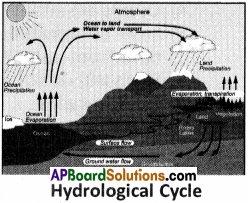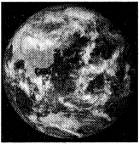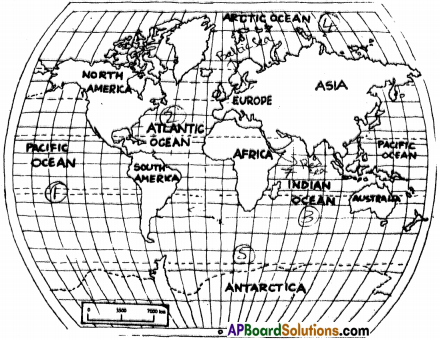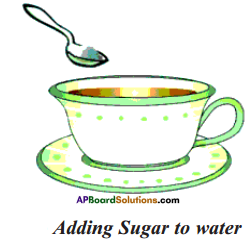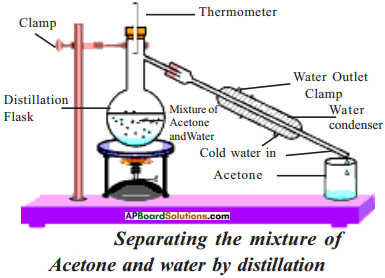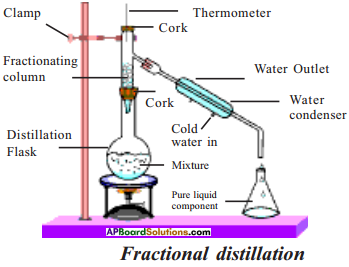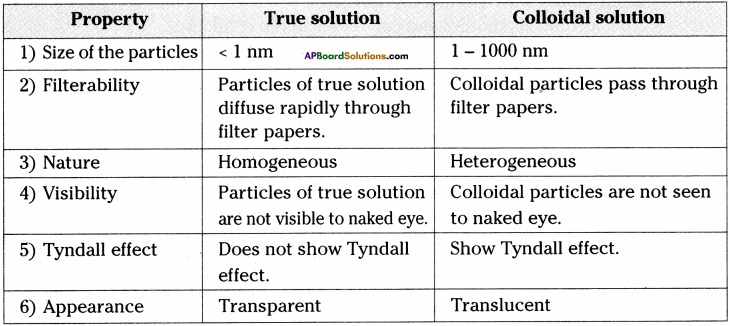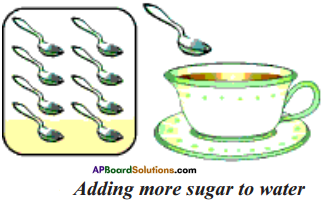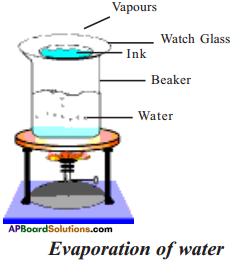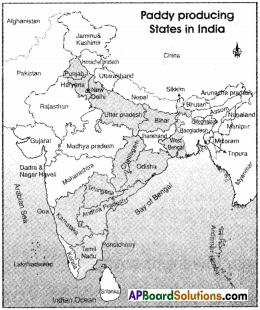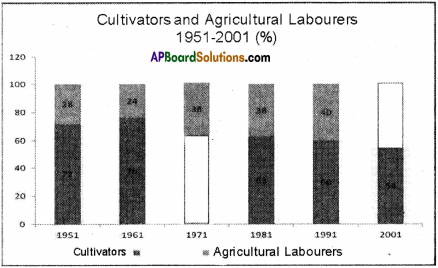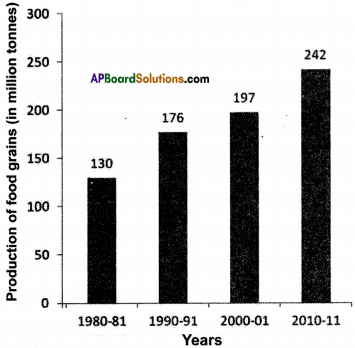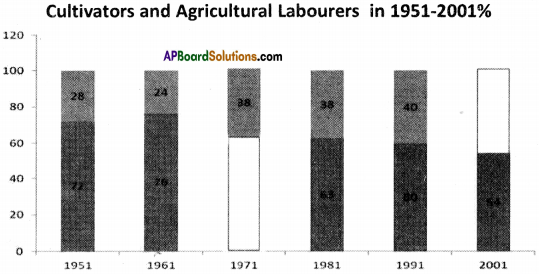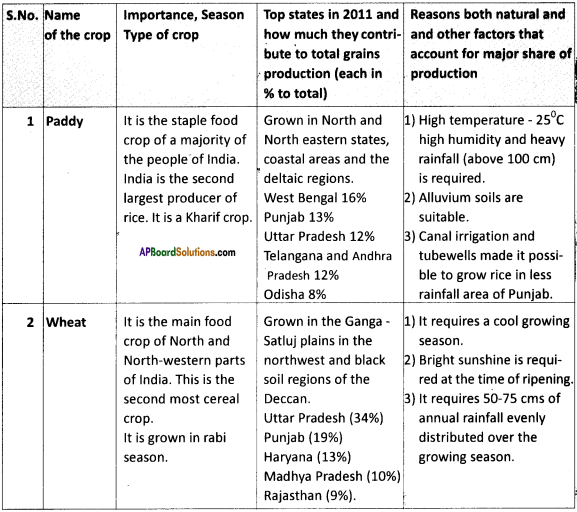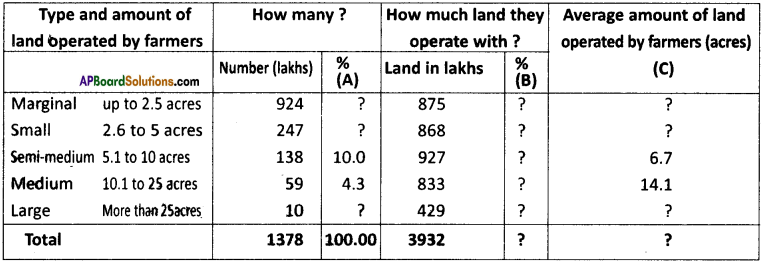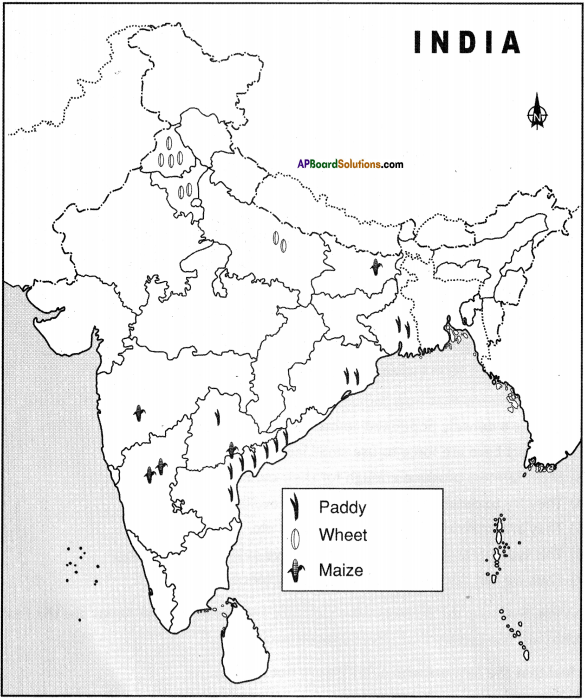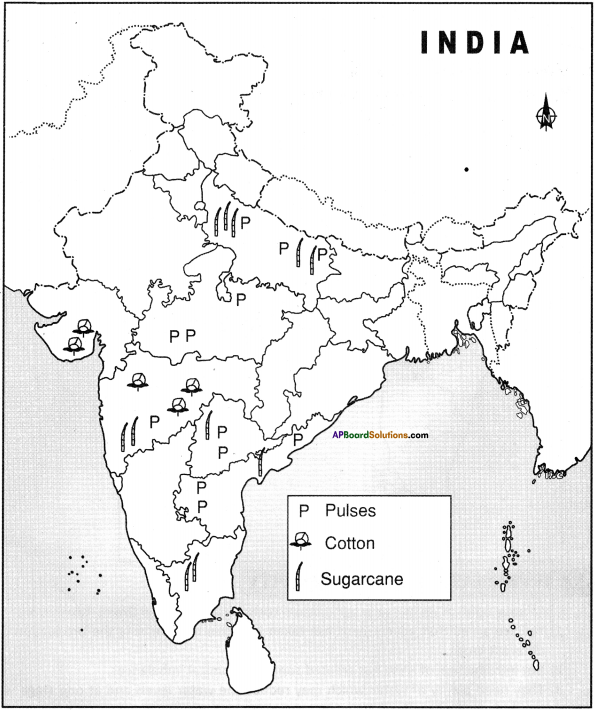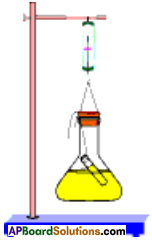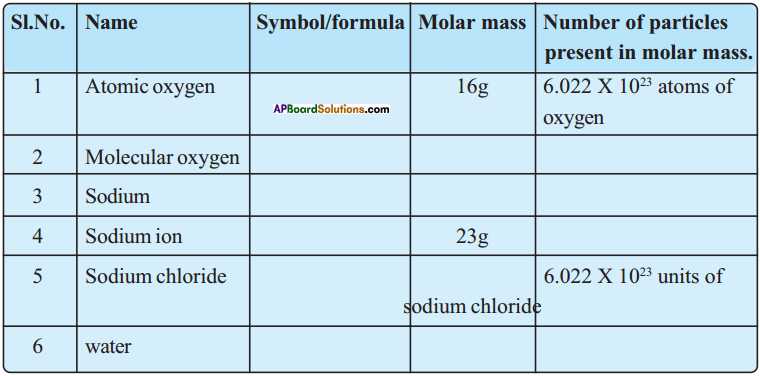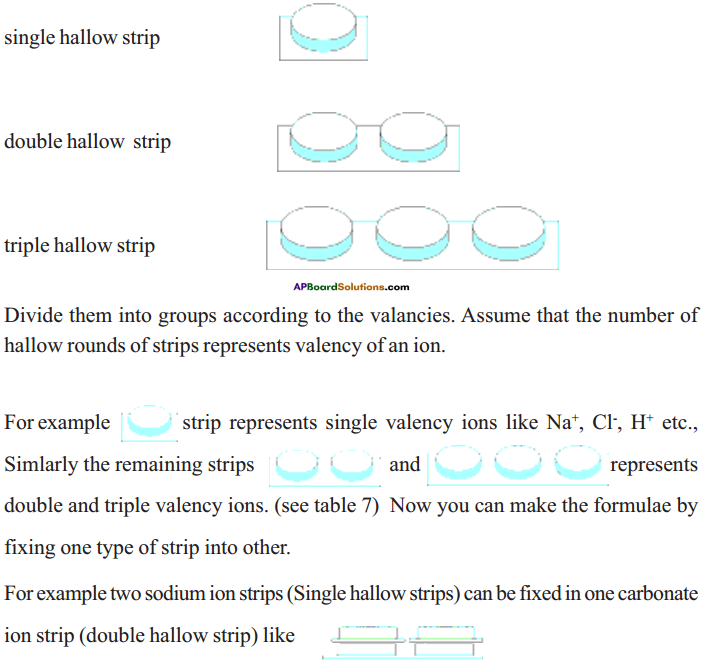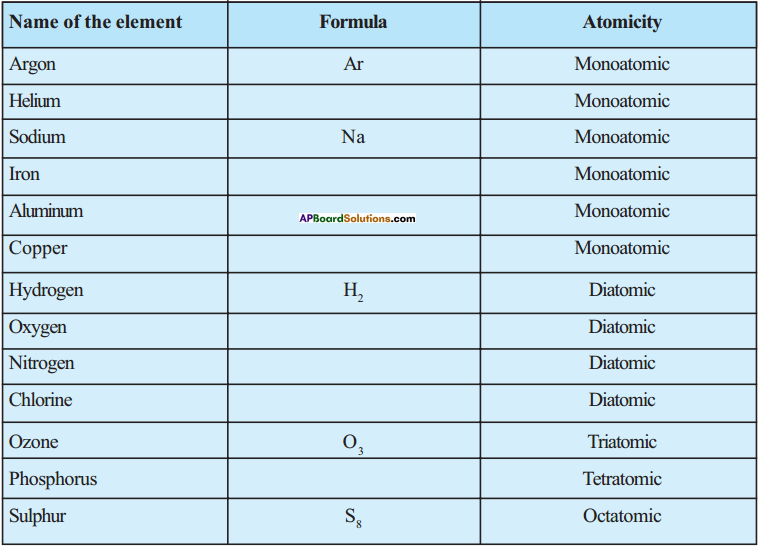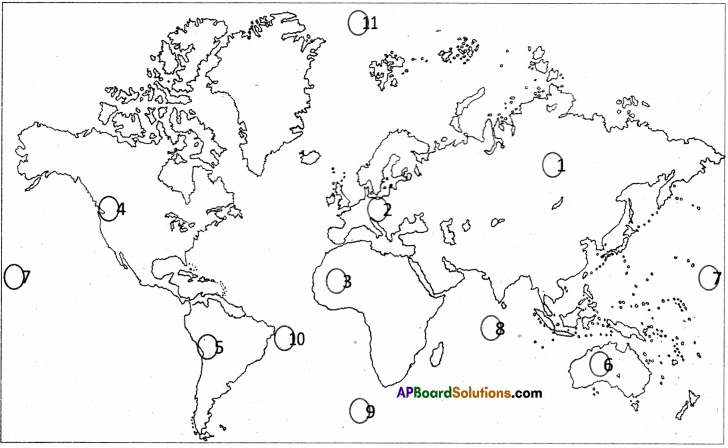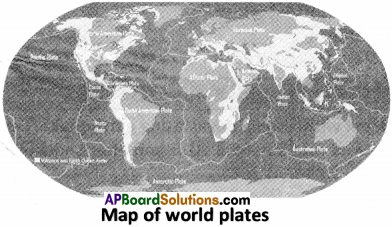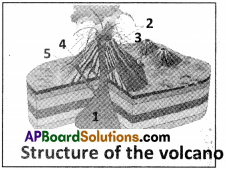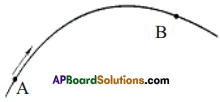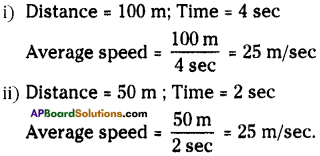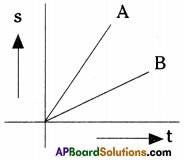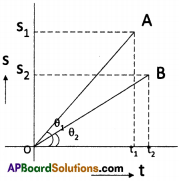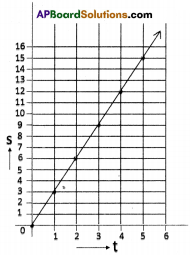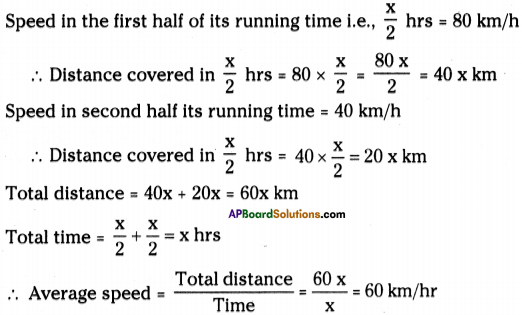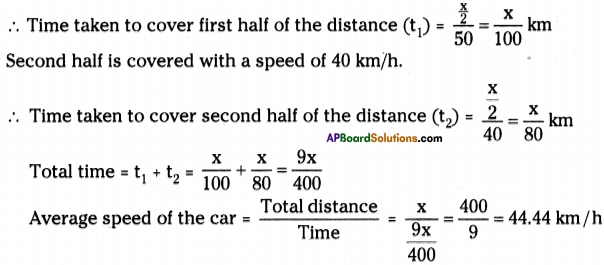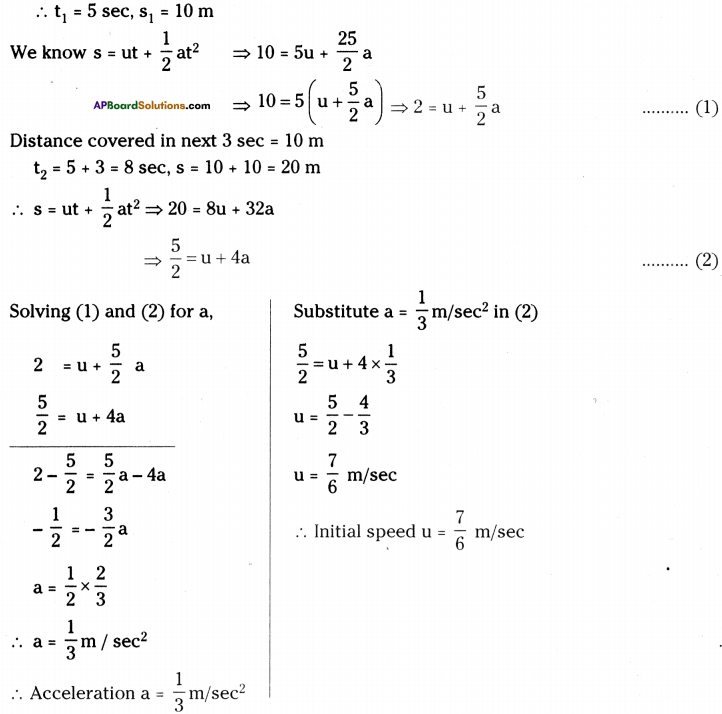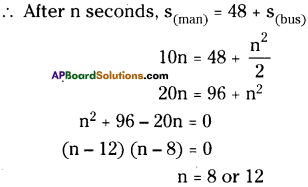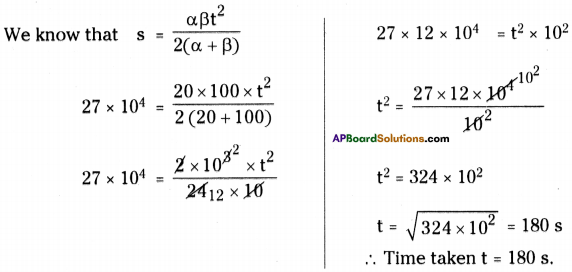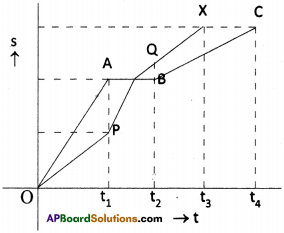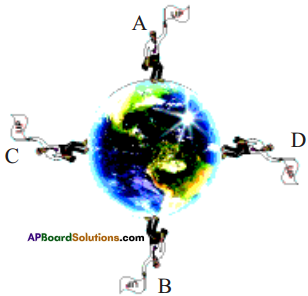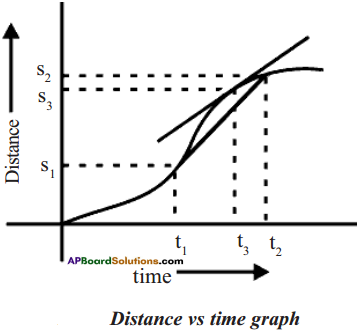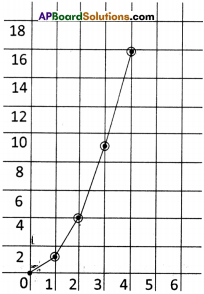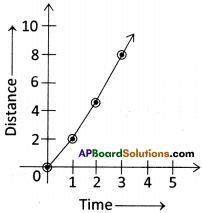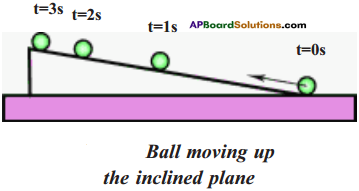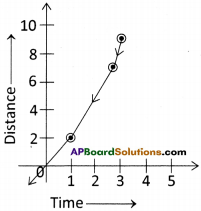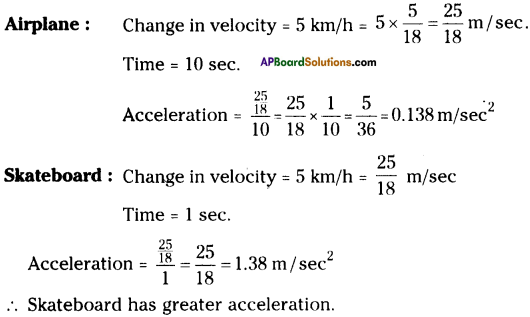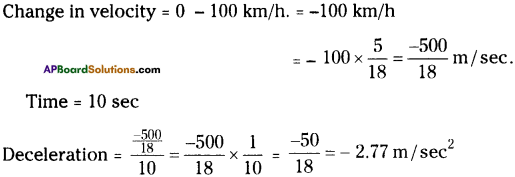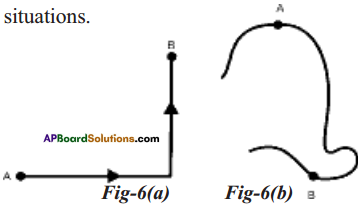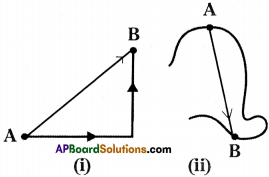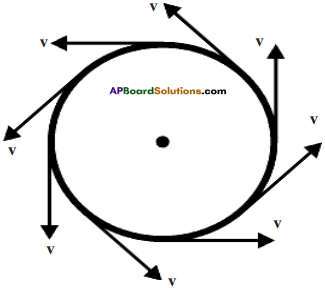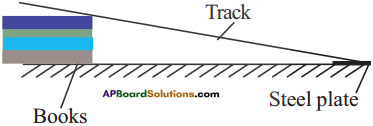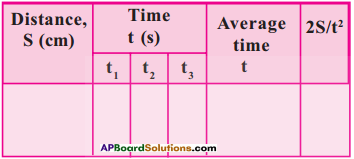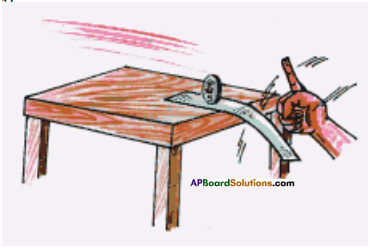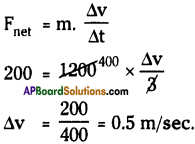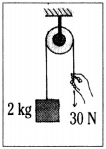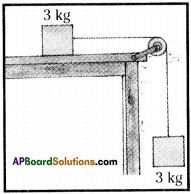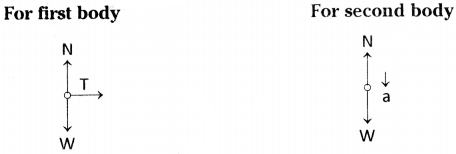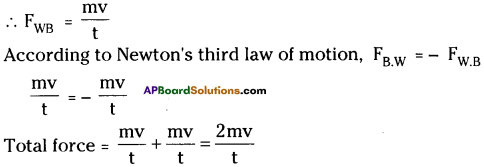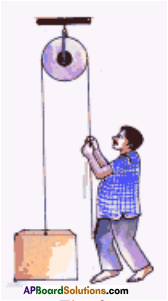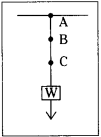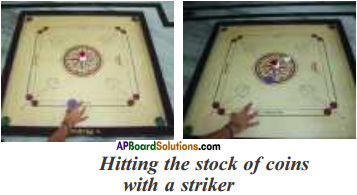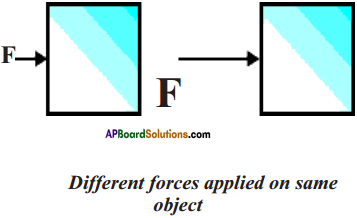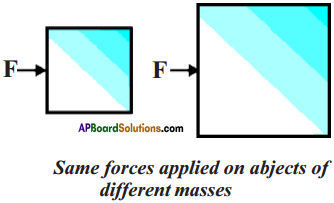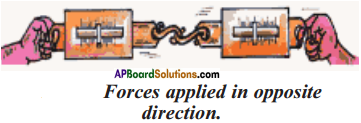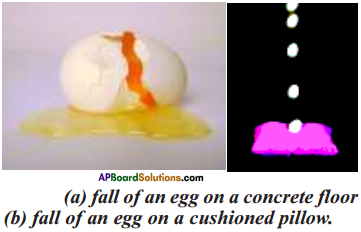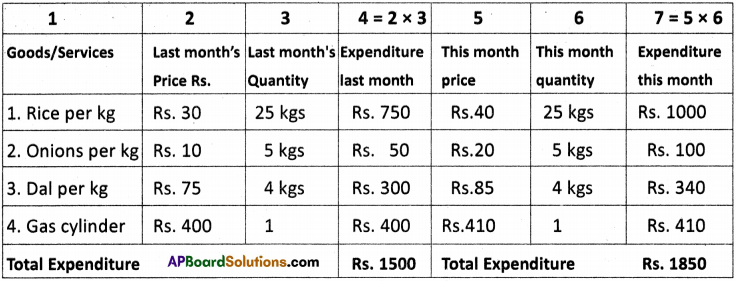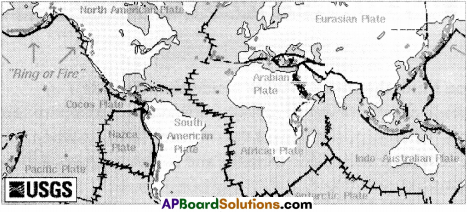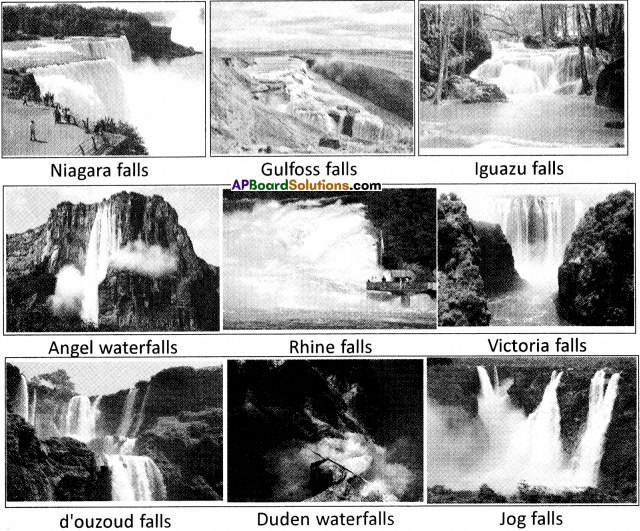AP State Syllabus AP Board 9th Class English Textbook Solutions Chapter 1B The Duck and the Kangaroo Textbook Questions and Answers.
AP State Syllabus 9th Class English Solutions Chapter 1B The Duck and the Kangaroo
9th Class English Chapter 1B The Duck and the Kangaroo Textbook Questions and Answers
I. Answer the following questions.
Question 1.
Why did the Duck get bored in life? What did it want to do?
Answer:
The Duck lived in a pond. It cannot hop like a Kangaroo and go round the world. When the Duck saw the Kangaroo going round the places, it felt bored. It wanted to tour places. Limiting to the pond made the Duck unhappy.
Question 2.
What problem did the Kangaroo find with the Duck? How was it solved?
Answer:
The Kangaroo was willing to take the Duck to new places. But it objected to the wet cold feet of the Duck. The Kangaroo said that would make him ill. But the Duck had a solution. It got socks, a coat, and cigars ready to save them from cold.
![]()
Question 3.
Who was happy in the end? Why?
Answer:
Both the Kangaroo and the Duck were happy in the end. The Duck was happier as its desire to see places was fulfilled. The Kangaroo too was happy as it could help his friend.
Question 4.
What is the underlying message in the poem?
Answer:
The poem is basically humorous. But it has valuable messages too ! Desire to see new places is a natural way to better oneself. Seeking others’ help promotes cooperative living. Foreseeing the problems and providing solutions is a good lesson.
II. Read the above poem once again and choreograph it as described here under.
Choreography
Choreography is the art of designing sequences of movements or actions for a script or a poem with a voice or a song in background.
Do you know how to process choreography?
Here is the process.
Think of the following.
1. How do we begin the poem?
(Sing the poem three or four times to register the tune and rhythm.)
2. What are the characters in the poem?
(The Duck and the Kangaroo)
3. What is the theme of the poem?
(Wish of the Duck to go round the world)
4. What is the theme of each stanza? (sub themes)
| Stanza | Theme |
| 1. First | Wish of the Duck to hop and go round the world |
| 2. Second | Requesting the Kangaroo to take her for a ride |
| 3. Third | Conditional acceptance of the Kangaroo |
| 4. Fourth | Assurance of comfort from the Duck’s side |
| 5. Fifth | Fulfilment of desire |
5. Convert the themes into incidents and performable actions.
6. What are the actions involved in the poem?
- Boredom with present life (feelings of boredom, pain)
- Desire to go round the world (miming)
- Wearing socks and smoking cigarettes (joy)
- Displeasure due to wet and cold feet (gestures)
- Sitting on Kangaroo at the end of the tail (miming)
- Joy (facial expression and gestures)
![]()
7. Who are the characters involved?
(The Duck, the Kangaroo and other creatures in the pond like frogs, fish, etc.)
8. Where does the incident take place (location)?
(By the side of the pond)
9. Presentation of the choreography on the stage:
- The chorus team sings the poem
- The characters perform their actions
- The action of the Duck and the Kangaroo- expressing boredom, wish, discomfort, joy, etc.
- The actions related to miming, facial expressions and gestures
- Actions related to hopping, sitting, walking, jumping, etc.
The Duck and the Kangaroo Summary in English
‘The Duck and the Kangaroo’ is a poem with a touch of humour. It was the creation of a British poet called Edward Lear. The Duck says that it is bored with its life in the pond.
It wants the Kangaroo to carry it around the world. The Kangaroo says that the Duck’s cold and wet feet will make him ill. The Duck says it has a solution to that problem. It will wear socks. It will also have a coat and smoke. Then the Kangaroo asks the Duck to sit on his tail. The Kangaroo hops around the world thrice with the Duck sitting on his tail. The
poet leaves the question – as to who is so happy? – to the reader!
The Duck and the Kangaroo Glossary
Good gracious! (phr) : an exclamation expressing surprise and emphasis
nasty (adj) : unpleasant
long (v) : have a strong desire
the Dee and the Jelly Bo Lee (n) : wonderful places imagined by the poet
reflection (n) : thinking, consideration
roo-matiz (n) : rheumatism (n) – a disease that makes joints and muscles painful; arthritis
worsted socks : woollen socks
cloak (n) : coat
pale (adj) : low, dull
steady (adj) : remaining in the same position

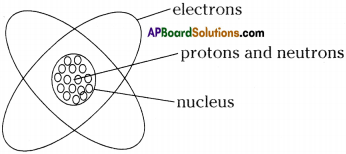
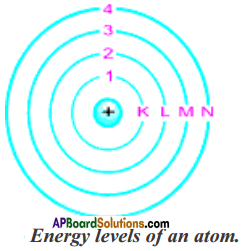
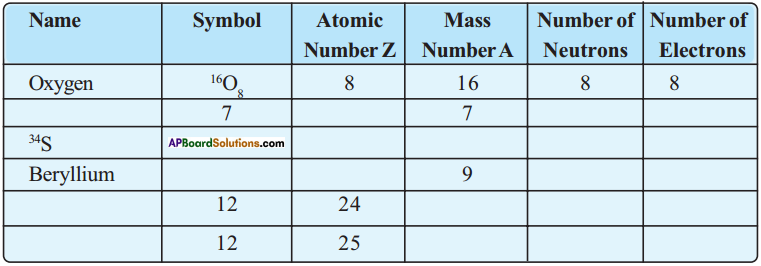
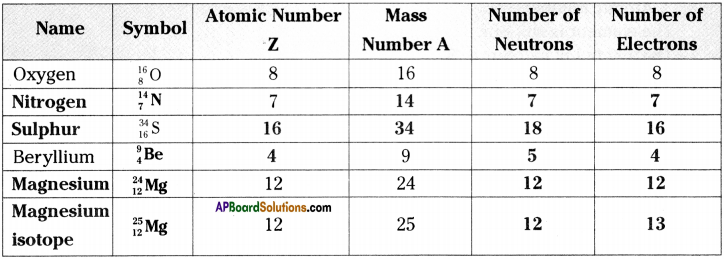
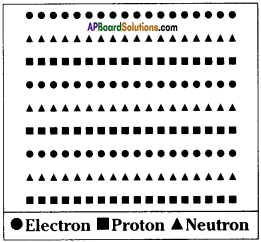
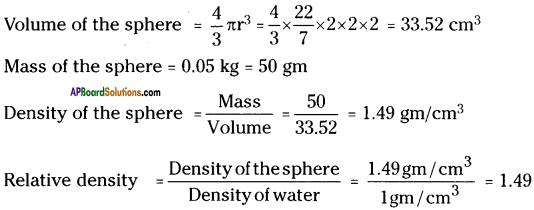




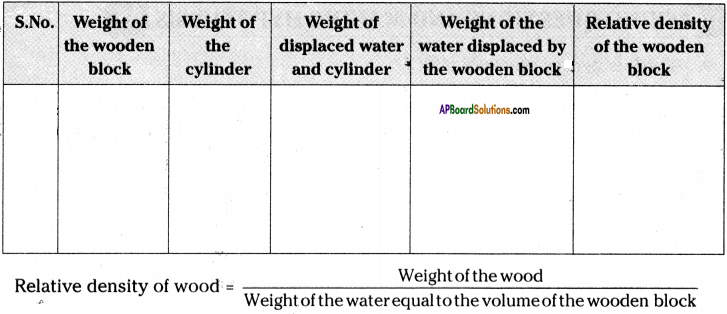
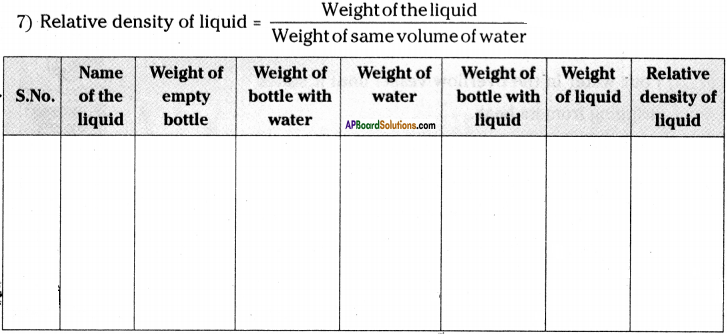



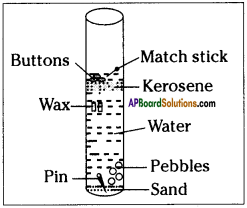






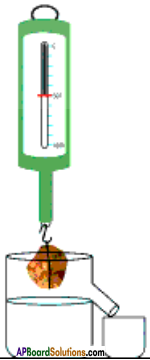
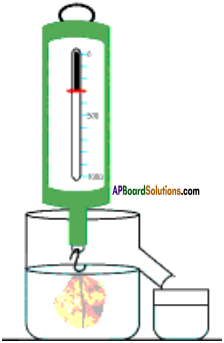
 (SA-I: 2019-20)
(SA-I: 2019-20)